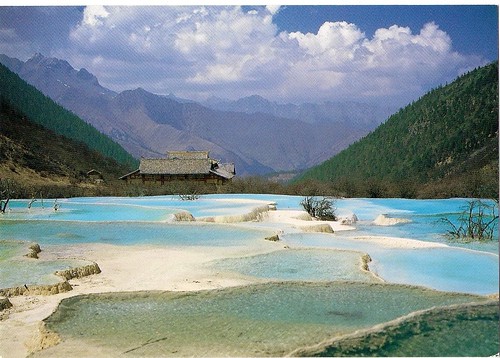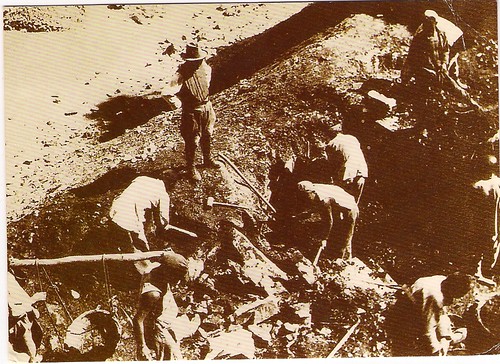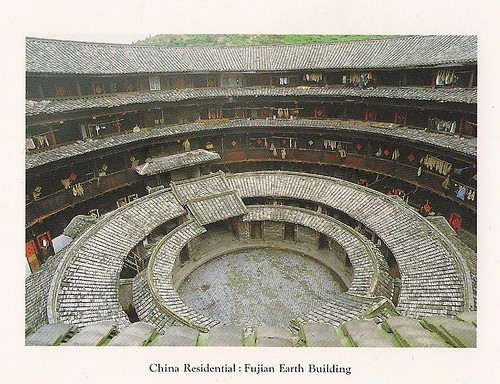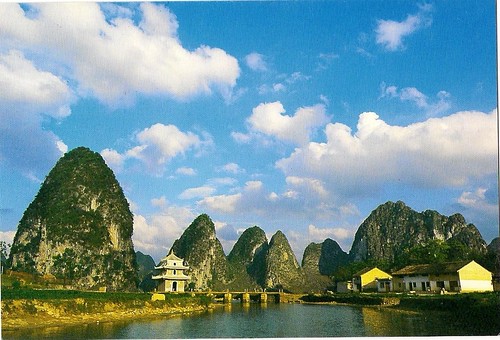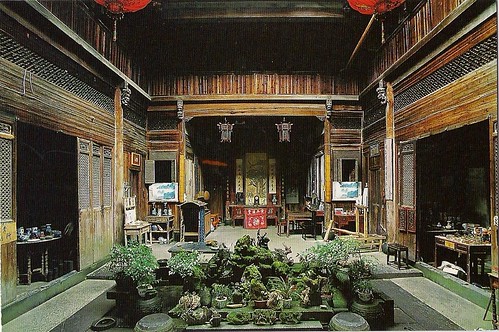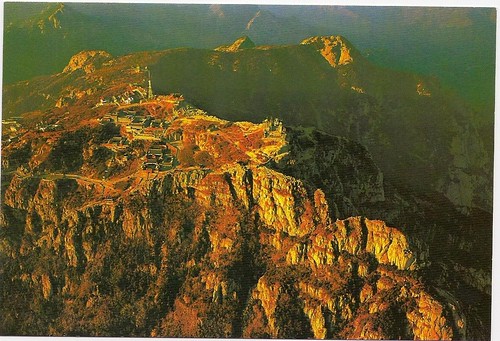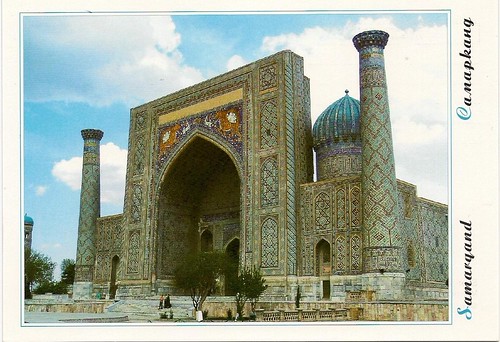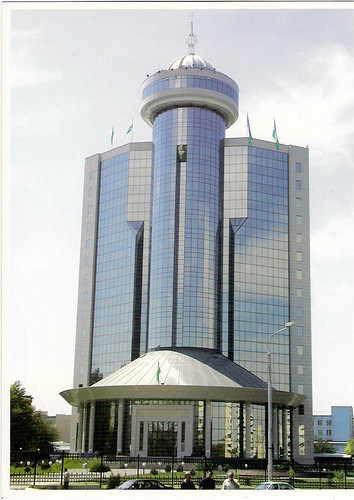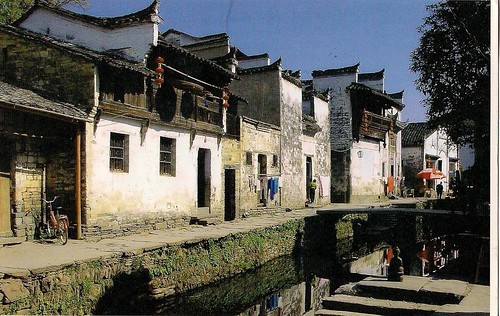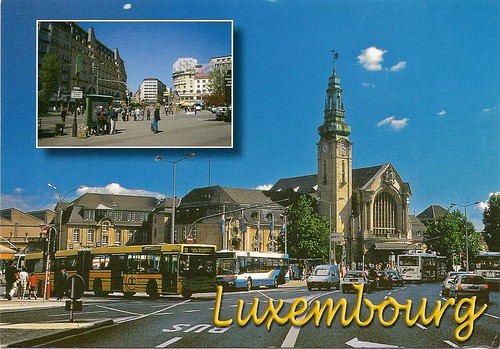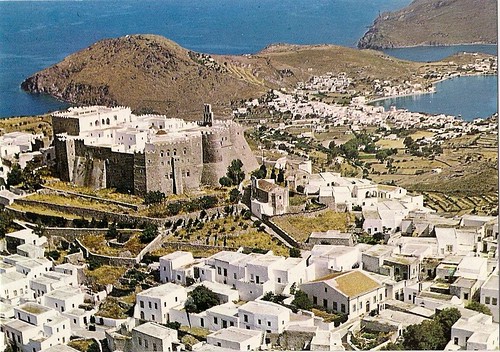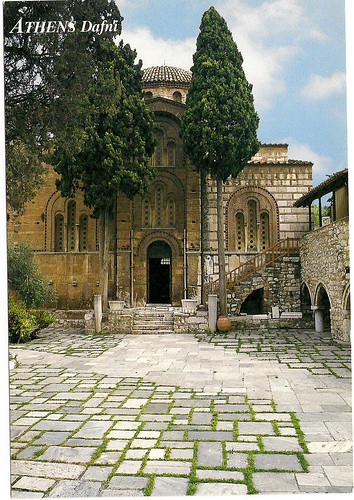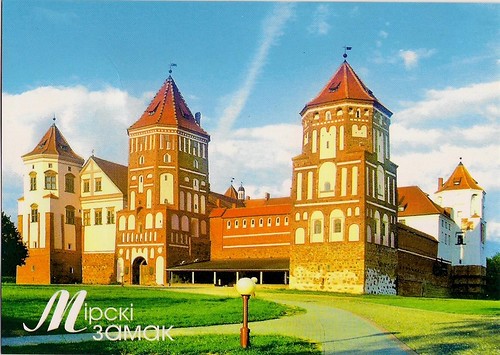Located in Wuyuan County, Jiangxi province, the village is situated adjacent to a mountain and facing a river, the residences are characterized as Hui type beside streets along a river with white colored walls and black tiles and flying brims and outstanding ridges, forming a beautiful view of the river and streets at the river bay. The roads in Likeng extend in all directions with more than 40 streets and alleys constructed with flagstones, 9 bridges constructed with stone arcades and flagstones. There exists above ground channels, underdrains, ponds and other drainages and fire fighting facilities with 2 sets of ancient fire-fighting Shuirong well-kept in 2 temples.
The cultural value characteristics of the legacy in Likeng match with the architecture craftworks and technics of Hui prefecture in Ming and Qing dynasties (1368-1911). The ancient villages maintained well the original and authentic style and features of Ming and Qing dynasties in the fields of whole layout, environment, and architecture style, building materials, decorative craftworks, construction techniques and so on.There are physical materials and written literatures for the authenticity of the legacy. Likeng and Wangkou kept well many inscription monuments of Ming and Qing dynasties (1368-1911).
Likeng village was founded in 1150 with a history of 850 years and a population of more than 1130 surnamed Yu. There exists 130 ancient buildings mainly of mansions and commercial houses with a total construction area of 68 km², among which 24 buildings were constructed in Ming Dynasty, and 106 constructed in Qing Dynasty. In history, there were 16 people who were successful candidates in the highest imperial examination, 36 people who were officials above seventh level and 333 pieces of books authored by some of the villagers. So the village was praised as "Famous Scholars Village".
Source : Welcome to Likeng Village
Read more...

